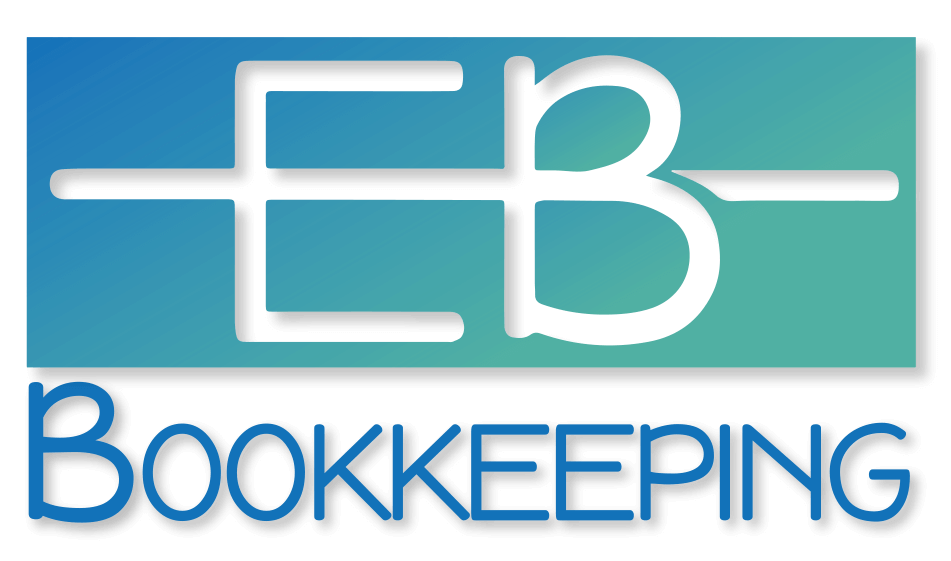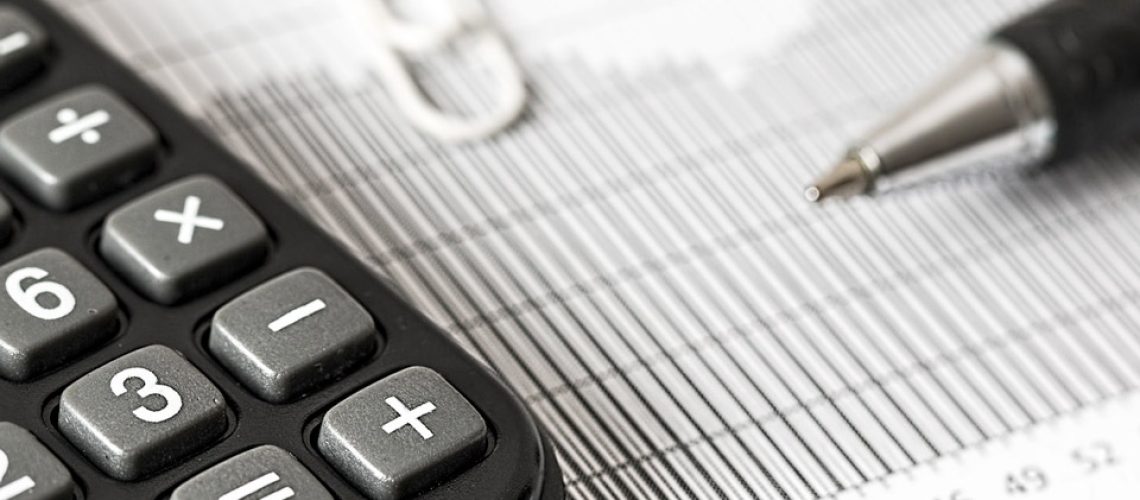Are you having to complete your self-assessment (SA) for the first time?
Maybe you’re simply curious to learn more about the tax return process as a self-employed individual? Either way, you’ll find the information in this article useful. Below, I’ve put together answers to some of the most frequently asked questions relating to the system HMRC uses to collect income tax.
Who needs to complete a self-assessment, and why?
If you are self-employed in the UK, you must fill out a self-assessment tax return annually. The details on your self-assessment form will determine how much tax you need to pay for the previous tax year.
The form must also be completed by people who are not taxed on any additional income at source.
Examples include:
- Sole traders who earned over £1,000 in the previous tax year
- Individuals in LLPs who took a share of the company’s profits in the previous tax year
- Company directors who receive dividend income
- Landlords who receive rental income on their properties
- Individuals who earn more than £100,000 per year
- Individuals who need to declare capital gains after selling property or shares
If you believe you fall into any of the above categories and therefore need to complete a SA, it’s your responsibility to tell HM Revenue & Customs (HMRC) – not the other way around.
What are the deadlines for returning the self-assessment form to HMRC and paying tax?
The tax year runs between 6th April and 5th April, not according to the calendar year. So, with this in mind:
- You’ll need to register for self-assessment by 5th October following the tax year you wish to declare your income for. (You’ll find more information on how to do this later)
- If you choose to file a paper tax return, you must do this by 31st October –
However, bear in mind that this will no longer be an option if your gross income exceeds £10,000 when Making Tax Digital (MTD) for Income Tax Self-Assessment comes into force in April 2024 - If you choose to submit your SA online, you must do this by 31st January in the following year – although this is also set to change. With the introduction of Making Tax Digital, summary submissions will need to be done via compatible cloud software, every quarter.
- Any tax owed must also be paid by 31st January in the following year
- Example: Tax year 6th April 2022 to 5th April 2023. Register for self-assessment by 5th October 2023. Submit online SA by 31st January 2024.
What happens if you file the form late?
If you submit the form late or fail to pay the tax you owe, you may be charged a penalty fee, along with interest on any late payments.
Can you complete your own self-assessment?
Absolutely. There’s nothing stopping you completing the form yourself. However, you might find that the time you spend navigating the paperwork could be better spent on completing other tasks within your business.
Having a bookkeeper or an accountant handle the SA on your behalf will ultimately save you a great deal of time and hassle – and, just as importantly, they will make sure you don’t pay more tax than you need to.
Should you complete your self-assessment early?
If you can, yes! The benefit to completing your self-assessment as soon as possible is, you’ll know how much you need to pay well in advance of the payment deadline, and you can keep this money aside. That’s why here at EB Bookkeeping we always recommend calculating your tax liabilities sooner rather than later.

